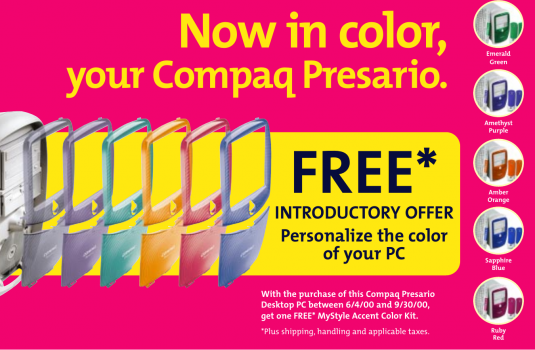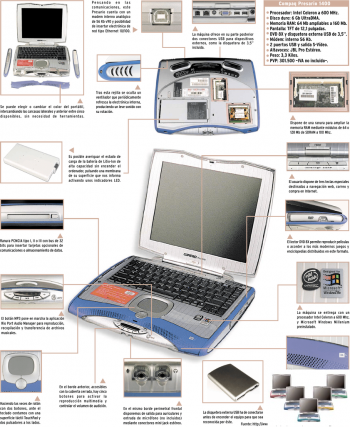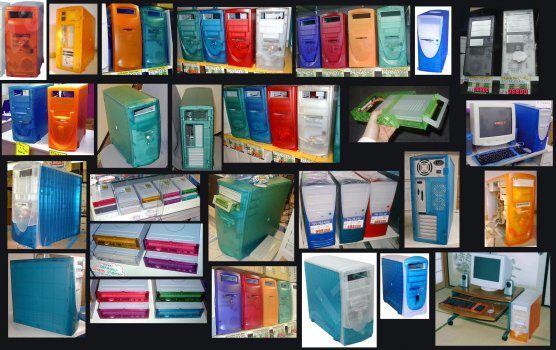Now around 2001 to 2006, several things started happening. The G5 launched, InDesign got more popular (Adobe sold it to design schools and you could get it commercially for $99), Quark failed to make 5.0 OS X compatible, Apple launched it's 'Get a Mac' campaign and PC's became good at being used for design work.
But during the time period the G4 was sold, color was not a concern to business. Business buys in lots and they don't care what the computer looks like. They care if their employees can use it and they care about cost.
A couple of thoughts, one which I may have shared with you before:
I was contracting in a lot of ad agencies and service bureaus in the 1998–2002 window, and I was also kind of a nerd for interesting and notable industrial design. The big name back then was IDEO, and that was a place I aspired to work for someday (that, of course, never came to pass). But one of the things I was constantly paying attention to during those years was the style and design trends in industrial and architectural design, much as one does following the fashion/couture circuit.
There was one particular conversation I have never forgotten, and it was with an unlikely party: an account exec at the agency where I was contracting in October ’01. With an iMac G3 on her desk (I think hers was either lime or graphite, memory is now fuzzy), we were doing what I think a lot of people were doing, especially in the U.S., around that time: wondering how the seismic shake-up of everything just a month prior would detour things going forward.
For this chat, she and I were thinking about the industry in which we worked. She asked me how I thought the shift would disrupt things like product development. This part I can’t forget. It was a late, dark and overcast afternoon. She had an actual office (not a cubicle) with full-pane windows facing out to a major highway just beyond the office buildings. She was sitting at her desk, in front of her iMac. I happened to have my red Handspring Visor Edge with me, probably because we were discussing scheduling.
I replied that the age of organic shapes and colours we’d come to know after about 1996 was dead and over; that industrial design would get more rigid and cold; and colours would become more muted, if not absent altogether. She asked why that was. I remember saying it was because during times of crisis, people become afraid, by instinct, and are less emboldened to experiment outside of their comfort zone. I said, “Stuff like your iMac, or my Visor here, won’t look like that anymore. You’re going to see a lot more muted colours, especially bare metals and colours like grey, white, and black. People are now afraid to look toward optimism and curiosity, and this will bear out with forthcoming industrial design trends.” What I didn’t mention was this would be coincident with an adoption of design ideas borrowed from militarism and military gear. Another thing I didn’t say, but had been on my mind for at least a month, was I’d just witnessed a golden age of design die in real time.
The other thought: the companies buying Power Mac G3s and G4s around this time period were design houses, production studios, and so on, and I’d be remiss if I didn’t note how there are a lot of prima donna archetypes in that rarefied sector. More conventional companies, the kind which buy hundreds or thousands of units in a single purchase order, were outfitting offices, if using Apple, with iMacs. The niche market for a limited edition colour for the graphite G4
was there, but it likely wasn’t enough for a fledgling Apple to rationalize the costs of opening a production line for just that special-coloured case and just for that niche audience who more than had the money to pay for “different” and “exclusive”.
You did, however, see Apple later that same year, dabble in this idea for a lower risk version of this exclusive product strategy: the key lime iBook G3, to its online-only buyers who were willing to pay for it.





